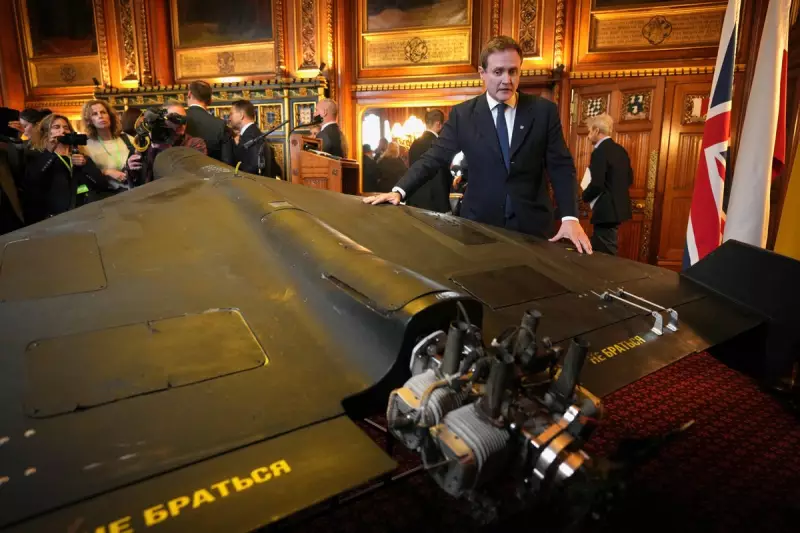
In a significant escalation of tactics, Ukraine has launched a series of daring drone strikes deep into Russian territory, targeting critical oil infrastructure in what analysts are calling a strategic shift in the conflict.
Strategic Strikes on Russian Heartland
Ukrainian forces have successfully hit at least three major oil refineries across Russia, including facilities in Ryazan, Kstovo, and Kirishi. These strikes represent some of the most ambitious Ukrainian attacks to date, demonstrating Kyiv's growing capability to strike valuable targets hundreds of kilometres behind enemy lines.
The targeted refineries are crucial components of Russia's energy infrastructure, responsible for processing significant portions of the country's oil. The attacks have caused substantial damage and forced temporary shutdowns, potentially impacting Russia's fuel supplies and military logistics.
Changing Battlefield Dynamics
Military experts note that these operations mark a departure from Ukraine's previously more defensive posture. "We're witnessing Ukraine taking the fight directly to Russian strategic assets," defence analyst Konstantin Mashovets told the Independent. "This isn't just about frontline defence anymore; it's about disrupting Russia's war machine at its source."
The drone offensive comes amid concerning developments on the front lines, where Russian forces have been making incremental gains. Recent intelligence suggests Moscow's troops have advanced near the village of Orlivka in eastern Ukraine, highlighting the ongoing intensity of ground fighting.
Western Support and Political Uncertainty
These developments unfold against a backdrop of political uncertainty in the West. Ukrainian officials have expressed growing concern about the future of American military aid, particularly with former President Donald Trump's potential return to power.
Trump's recent comments suggesting he would "encourage Russia to do whatever the hell they want" to NATO members who don't meet defence spending targets have sent shockwaves through European capitals and Kyiv alike.
Broader Regional Implications
The conflict's ripple effects continue to spread across the region. In a separate development, Polish authorities have activated their emergency alert system, warning of potential temporary declines in satellite navigation signals due to ongoing Russian jamming activities in the area.
Meanwhile, NATO remains on high alert, with member states closely monitoring both the battlefield situation and political developments in the United States that could fundamentally alter the Western alliance's approach to the conflict.
What Comes Next?
As Ukraine demonstrates its ability to strike deep within Russia, questions arise about how Moscow will respond. The Kremlin has vowed retaliation, but the specific nature of their response remains uncertain.
With the war approaching its third year and Western support facing potential challenges, Ukraine's bold new strategy represents both an opportunity to weaken Russian capabilities and a gamble that could provoke stronger retaliation.





